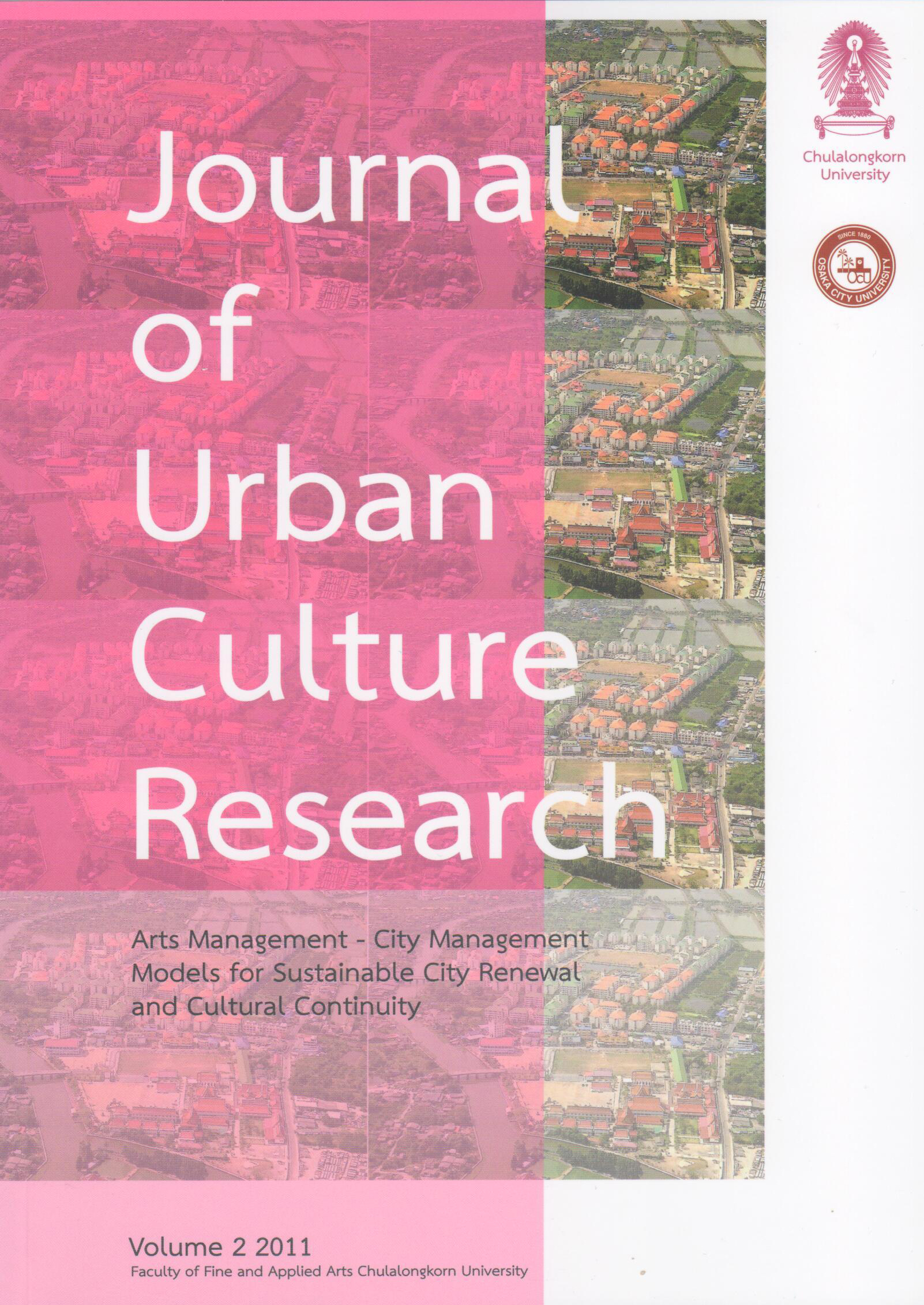The Emergence of a New Cultural Infrastructure: Lessons from Silicon Valley
DOI:
https://doi.org/10.14456/jucr.2011.1Keywords:
Arts, Culture, Cultural Infrastructure, Globalization, Institutional Models, Participatory CultureAbstract
Formal organizational structures and patterns of production and distribution of culture typical in most major cities emerged with, and are patterned after, Industrial Age thinking and Eurocentric cultural forms. These modernist, hierarchical, centralized, mass-production-oriented models-that separate art producer from consumer-face unprecedented challenges. In this article I argue that urban cultural infrastructures, and the institutions and organizing principles that comprise them, are being undermined and replaced. Research into the cultural infrastructure of California's Silicon Valley finds more decentralized, non-hierarchical, participatory, and culturally-diverse patterns. These stand out in comparison with nine other U.S. cites. This contemporary cradle of innovation and its cultural infrastructure similar forms of participant-generated self-expression, interaction, and self-organizing emerging from the region’s corporate cubicles and start-up garages. I call for more research on how urban cultural infrastructures are likely to evolve and suggest that Silicon Valley, and its core city of San José, offer some indications.Downloads
How to Cite
Borrup, Tom. 2014. “The Emergence of a New Cultural Infrastructure: Lessons from Silicon Valley”. Journal of Urban Culture Research 2 (-):16-29. https://doi.org/10.14456/jucr.2011.1.
Issue
Section
Building Creative Cities
License
Authors authorize the JUCR to publish their materials both in print and online while retaining their full individual copyright. The copyright of JUCR volumes is retained by Chulalongkorn University.
The views and opinions expressed herein are those of the individual author(s) and do not necessarily reflect the policies or opinions of the Journal (JUCR), it editors and staff, Chulalongkorn University, or Osaka Metropolitan University.








